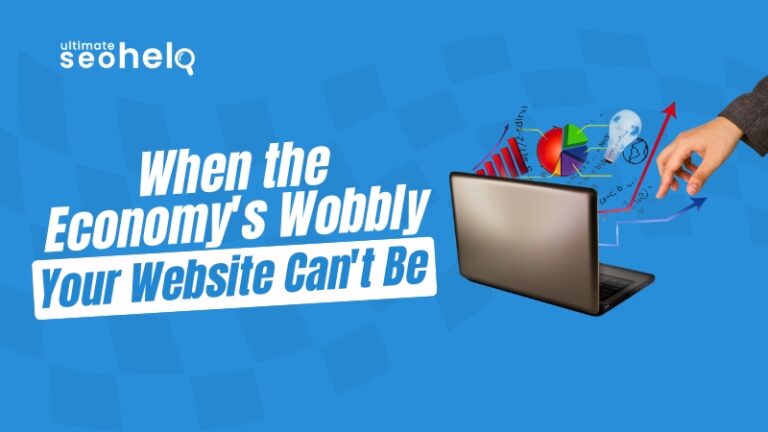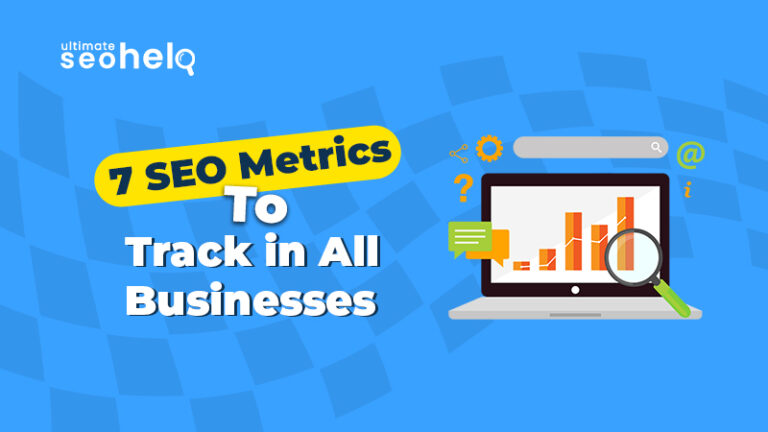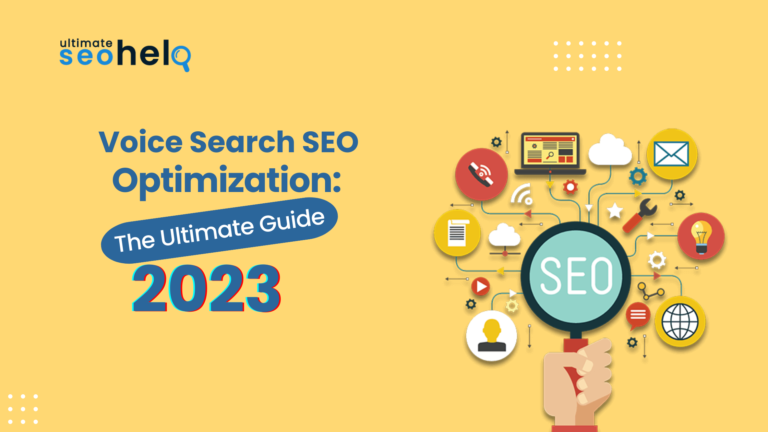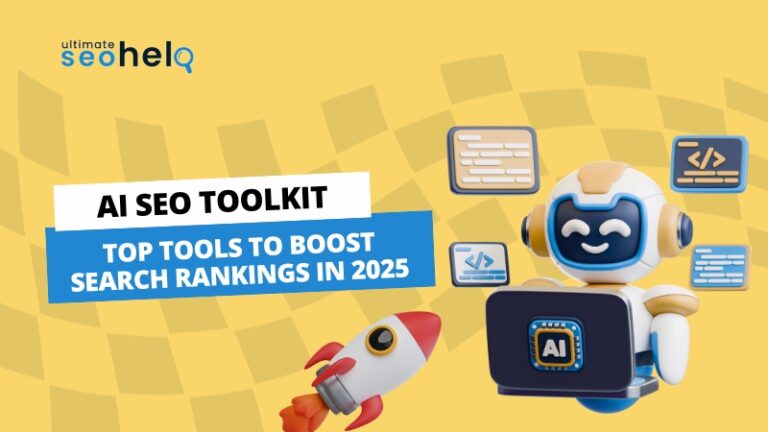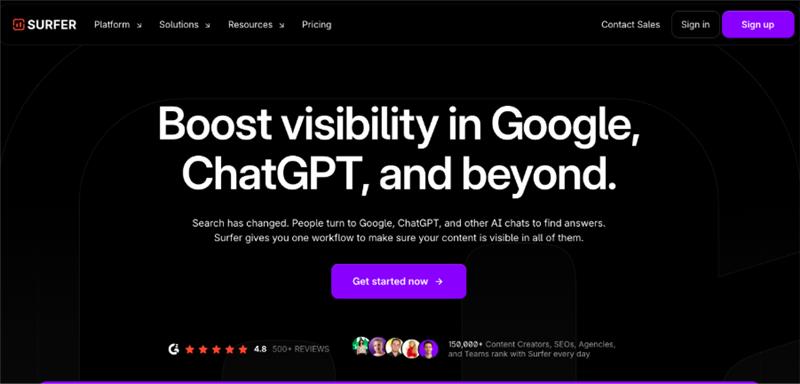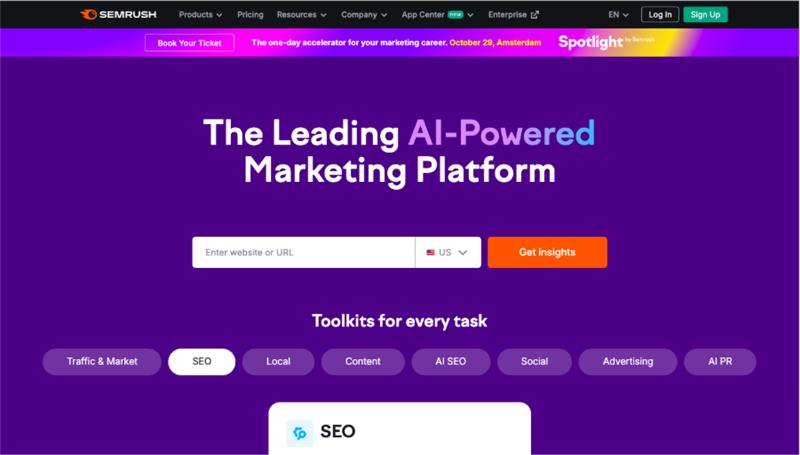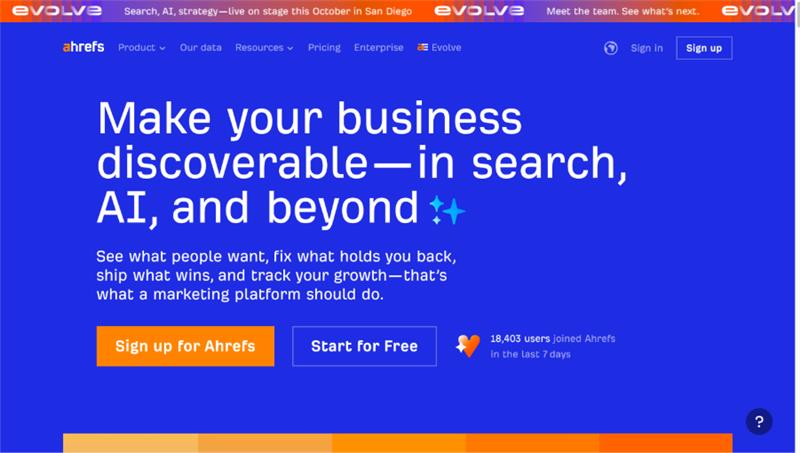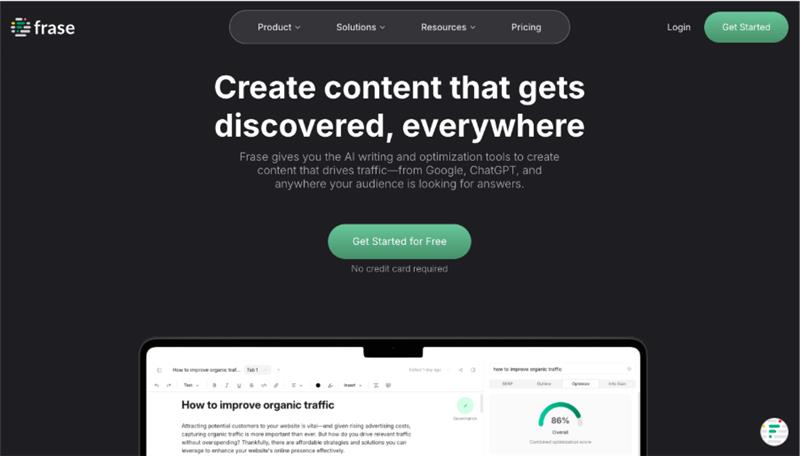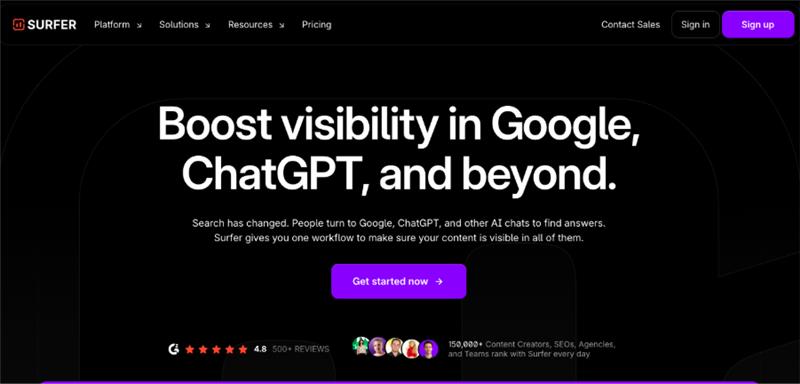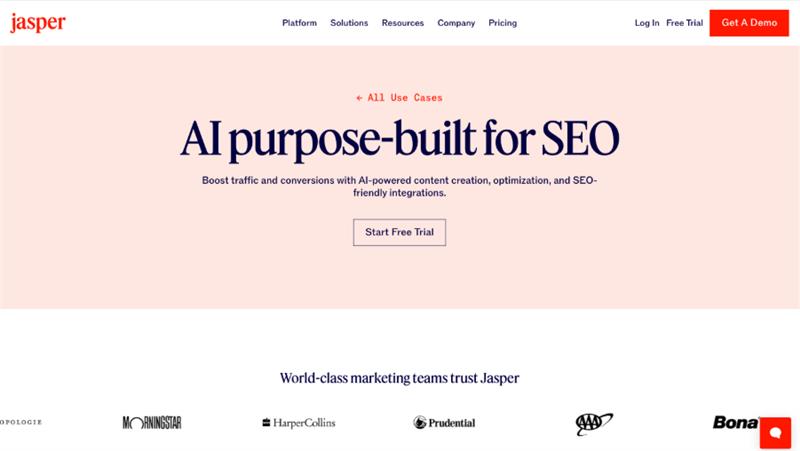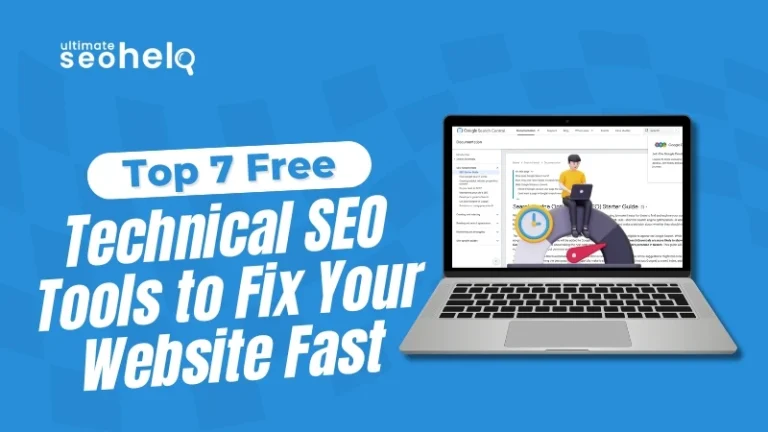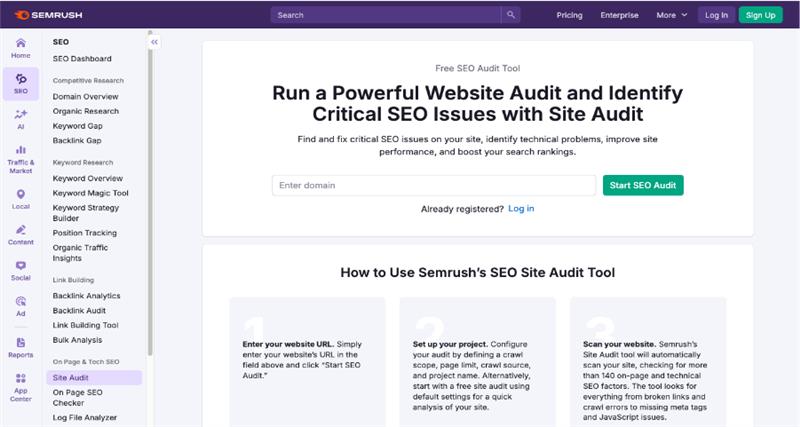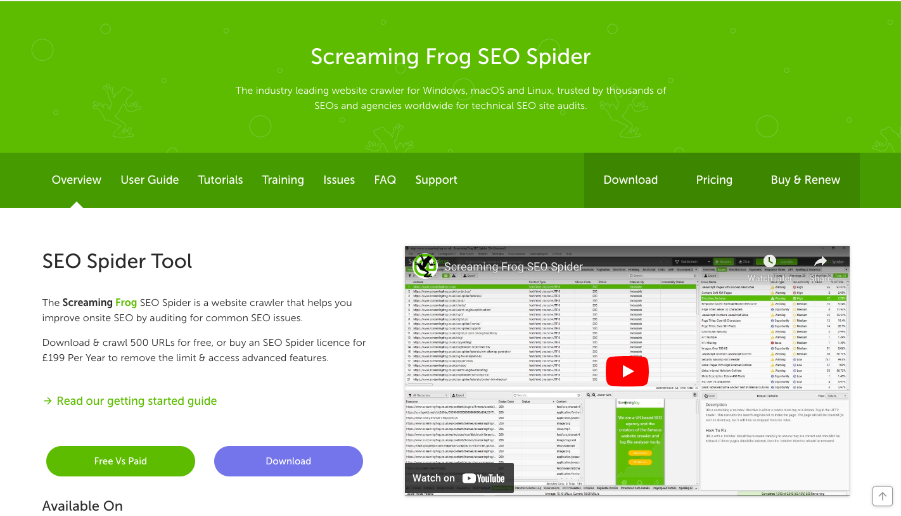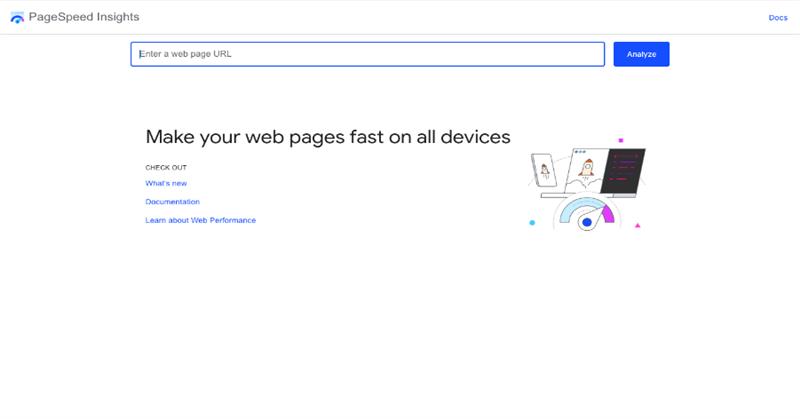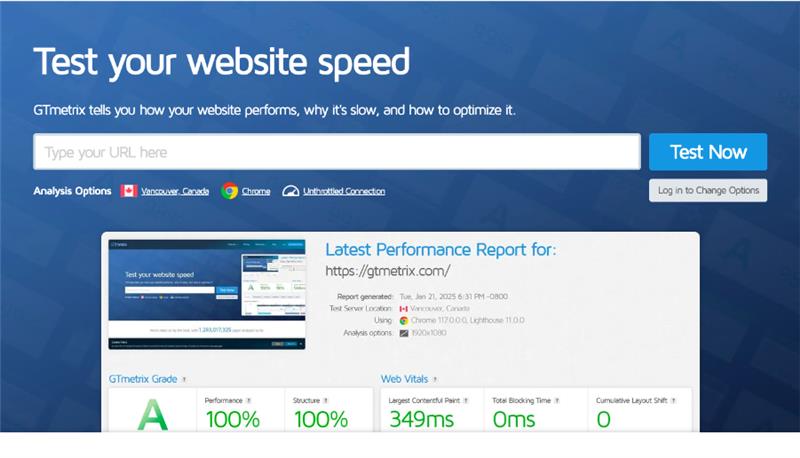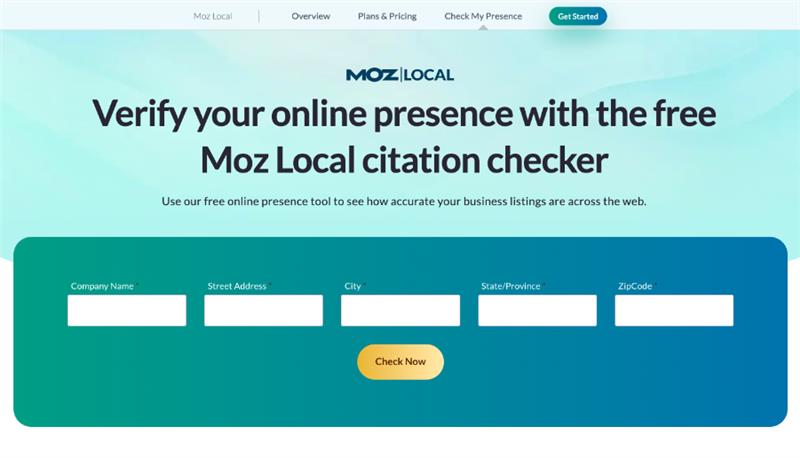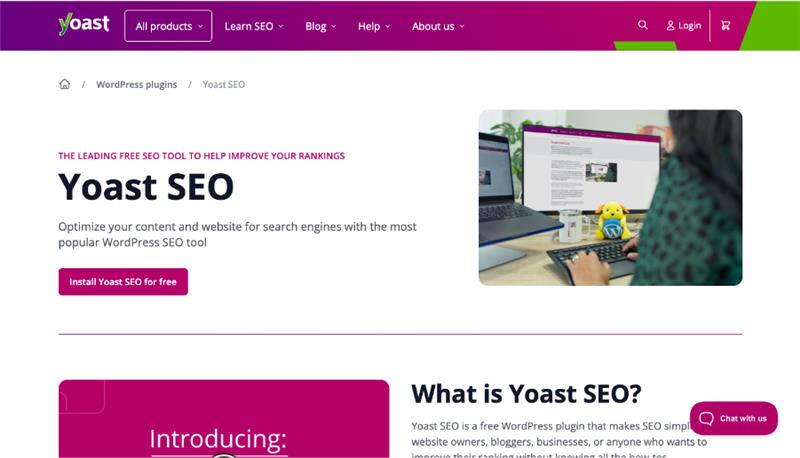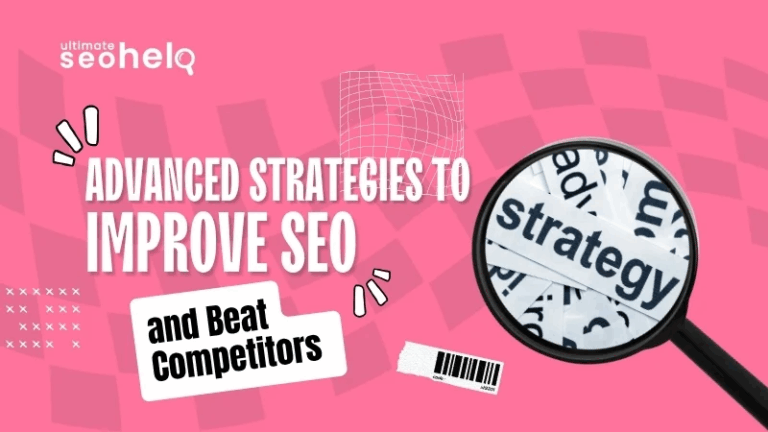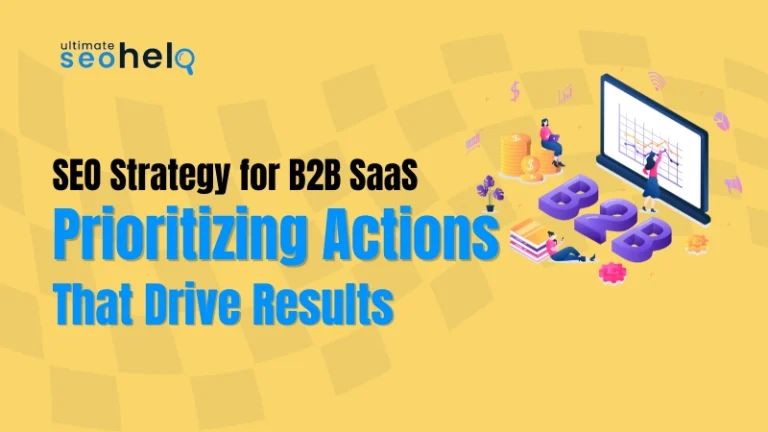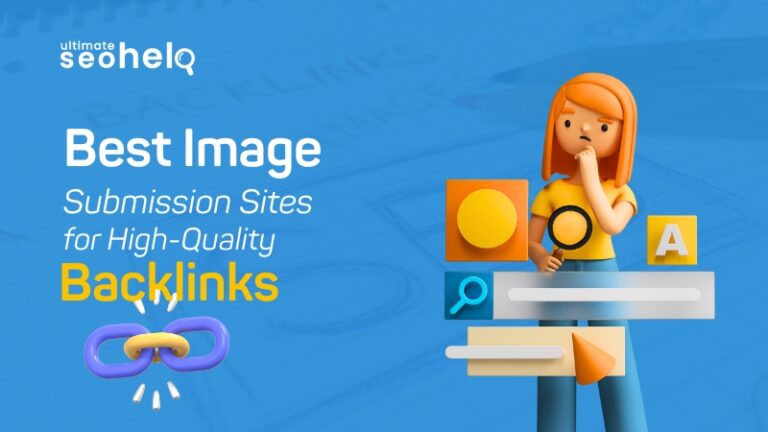“Alexa, what are the chances of raining today?”
“Hey Siri, do you know any good French restaurants near me?”
Chances are, you might have asked these questions yourself to your voice assistant. The time when typing a question into a search box was the only way to find an answer online is quickly fading. Most people prefer to speak about their searches instead.
Whether it’s asking Alexa for the nearest coffee shop or telling Siri to play your favourite song, voice search has become a natural part of everyday life.
And in 2025, optimizing your content for voice search isn’t just a nice addition to your SEO strategy – it’s a must. If you’re not using voice search optimization in your strategy, you’re losing many potential customers.
But if you’re someone who doesn’t have much knowledge about voice search, then this guide is for you. It will walk you through what voice search is, why it matters, and tips to optimize for voice search SEO.
Let’s dive straight into it.
What is Voice Search Optimization in SEO?
Do you know that over 1 billion voice searches happen every month? This shows how deeply voice search technology has become part of your daily life. From asking your phone for directions to checking the weather, people are increasingly speaking instead of typing their queries.
Voice search optimization is all about making your website more visible and accessible to voice search queries. But here’s the important part: the way people phrase spoken searches are very different from how they type.
For example:
- Typed search: “best pizza New York”
- Voice search: “Where’s the best pizza place near me?” or “What’s the top-rated pizza spot in New York?”
See the difference? Typed searches tend to be short and keyword-focused, while voice searches are longer, conversational, and often framed as questions.
That shift changes how search engines interpret queries and how your content needs to be optimized. To show up in voice results, your content has to match the natural way people speak, not just the way they type.
Why Voice Search Matters in 2025?
In 2025, voice searches will change the way people find information. Instead of typing, they speak, and they expect quick, accurate answers wherever they are.
For businesses, this means being ready to show up exactly when people are looking for you, or risk being left out of the conversation. Let’s look at the importance of voice search optimization in 2025:
-
People Search While Doing Other Things:
Millions of searches happen hands-free every day. People are asking questions while cooking, driving, or even walking down the street. Voice search makes it easy to get answers without stopping what they’re doing.
-
Voice Search Is Built Into Everything:
Smart speakers, smart TVs, and even cars are equipped with voice search. Devices are everywhere, and people are getting used to speaking instead of typing. If your content isn’t ready, it won’t be part of these growing touchpoints.
-
People Want Quick Answers:
Voice searches are usually short and urgent. People want fast answers, and they want them now. That means your website needs to provide clear, concise, and helpful information. Pages that are slow, confusing, or hard to navigate are automatically left behind.
-
Most Voice Searches Happen on Phones:
Mobile phones are the primary devices for voice search. More than 70% of voice queries happen on smartphones, which makes mobile optimization more important than ever. A responsive site with fast loading times isn’t just nice to have, it’s essential.
The bottom line: if your website isn’t optimized for voice, you’re missing out on a huge audience that’s searching in a completely different way. Optimizing for voice isn’t just about keeping up; it’s about getting ahead.
What Helps You Rank in Voice Search?
Before we dive into the tips and strategies on how to rank on voice search, it’s important for you to understand that ranking for voice search isn’t just about stuffing keywords in.
It’s all about how people speak, what they’re asking, and how quickly they can get an answer. By focusing on the right factors, you can increase your chances of being the answer that gets read out loud.
Now, let’s look at the following strategies:
1. Use Long Tail Keywords for Voice Search Optimization
Long tail keywords are more detailed keyword phrases used when conducting voice searches. Because the way people speak to the voice assistants is very different from how they type in the search bars.
Unlike traditional short keywords, long-tail keywords mimic natural language queries and are often more conversational.
For example, instead of searching for “restaurants,” someone might ask a voice assistant, “What are the best Italian restaurants near me?”
By incorporating long tail keywords into your website’s content, you can better align with how people ask questions through voice search. As a result, it increases your chances of appearing in the relevant search results.
1. Optimize for Featured Snippets
Featured snippets are golden spots for voice search. They are concise information summaries on search engine result pages. Voice assistants often read the top result, also known as position zero.
To optimize for featured snippets, organize your content in a clear Q&A section or easy-to-read lists to make it more likely to be selected. To answer common questions and provide valuable information directly.
Short, direct answers at the beginning of your content are ideal because that’s exactly what devices read out loud.
Then, use clear headings, bullet points, and concise sentences to make it easier for search engines to understand and extract relevant information from your content. This gives both users and search engines exactly what they need.
1. Go for Mobile Optimization
Mobile optimization is crucial for voice search because many voice searches are carried out on mobile devices. When your website is mobile-optimized, it is designed and structured to provide a seamless and user-friendly experience on smaller screens.
This includes ensuring that your website loads faster, has a responsive design that works on various screen sizes, and has easy-to-navigate menus and buttons. A mobile-friendly website will improve the overall user experience, which can increase the chances of your website being recommended by voice assistants.
1. Local SEO
Most voice searches are location-based, especially for “near me” searches. Local SEO is the best way to improve your website’s online presence in local searches.
You can do this by:
- Make sure your Google My Business Profile is updated with the right information about your business, such as address, phone number, and hours of operation.
- Include keywords that mention your city or area in your website content, headings, and meta tags. This helps search engines know your business is relevant locally.
- Encourage genuine reviews, as high ratings can increase your chances of being chosen for voice results.
All these efforts will help your business stand out from the crowd in voice search results and attract customers in your area.
1. Write Natural Language Content
When creating content for your website, think about how people actually talk when asking a voice assistant a question. Instead of using short, broken-up keywords, focus on creating content that includes the right context answers what the user really wants to know.
By doing so, your content will be more aligned with how people naturally speak, which results in higher chances of being picked up by voice assistants.
1. Implement Schema Markup
Schema Markup, also called structured data, helps search engines understand what your website or your content is about. It uses a specific vocabulary to provide additional context and information about your content, such as product details, event information, reviews, etc. Focus on:
- FAQ schema for question-and-answer content.
- HowTo schema for instructional guides.
- LocalBusiness schema for location-specific results.
Adding schema markup to your website can make it more visible in search results and may help your content show up in rich snippets.
This can improve the chances of a voice assistant selecting your website as a voice search result.
1. Ensure Your Site Loads Quickly
Did you know 83% of people expect a website to open in 3 seconds or less? It is necessary to ensure that the website loads quickly, as voice search users expect fast results.
Optimize images, minify code, and use catching techniques to improve your site’s performance, as slow-loading pages can lead to a bad experience for users and lower ranking on Google.
1. Leverage Social Media
When it comes to voice search, social media plays an important role in increasing your business’s visibility and attracting voice search queries.
Engage with your audience on social media by asking them to leave comments and questions. This can help you understand their needs and tailor your content to address their specific voice search queries.
Further, use relevant hashtags on your social media post to increase your content’s discoverability. Then, collaborating with influencers in your industry can also help improve your brand’s visibility and reach a wider audience.
1. Monitor and Analyze your Performance
It is important to keep track of how your voice search is performing. With tools like Google Analytics, you can see what’s working or what’s not and what needs improvement so you can tweak your strategies.
Further, look for relevant voice search queries, determine which keywords rank well, and where slight improvement is required. Analyze metrics like time on page, pages per session, and scroll depth to understand how users react to your content.
Content Strategy for Voice Search
When it comes to voice search, the key is making information simple and easy to find. Think about the questions your audience might ask, and give answers that are quick, practical, and useful.
The goal is to create content that fits naturally into someone’s search, whether they’re looking for directions, advice, or product recommendations.
Here’s how to make your content voice-friendly and ready to be discovered:
1. Answer Questions Clearly
Voice searches are often direct questions. Creating FAQ pages is a great start, but each question should have a short, clear answer. Focus on the “who, what, where, when, why, how” questions; these match the natural way people speak.
1. Keep it Conversational
Write like you’re talking to a friend. Avoid overly formal language and complicated sentences. Short, simple phrases are easier for readers to understand and for voice searches to pick up.
1. Target Micro-Moments
People often search with a specific intent:
- “I want to know” – informational queries. Provide answers that are easy to understand quickly.
- “I want to go” – local searches. Include location details and directions when relevant.
- “I want to buy” – transactional searches. Highlight products, services, prices, and reviews.
Understanding these moments helps you match exactly what the user is looking for when they speak.
1. Use How-To Guides and Step-by-Step Instructions
Breakdown processes into numbered steps or bullet points. Clear instructions are easy for readers to follow and perfect for voice assistants to read aloud.
1. Include Natural Phrases and Questions
Instead of focusing solely on keywords, use phrases people actually say. For example, instead of “best running shoes,” use “What are the best running shoes for beginners?” This makes your content more likely to appear in voice searches.
1. Add Examples or Mini Stories
When possible, include small examples or relatable stories. It makes your content engaging and memorable and matches the conversational style of voice queries.
Final Words
It is proven that voice instructions will continue to grow and have a strong impact on search marketing. Listed above are some tips on optimizing your site for voice search.
Using these tips will help you rank higher for voice queries and stay ahead of your competitors. So, don’t waste time. Use these tips today and start seeing positive results.

